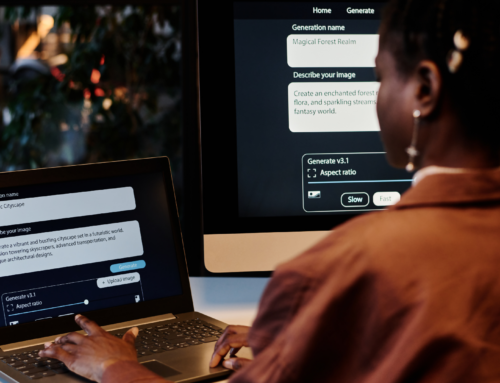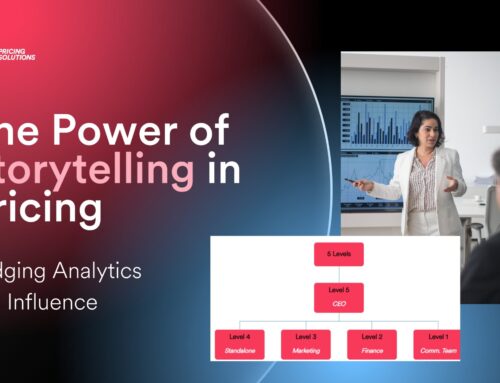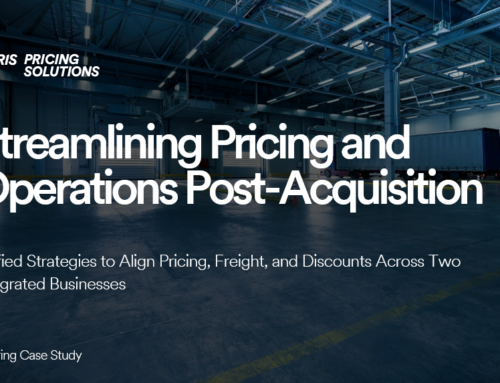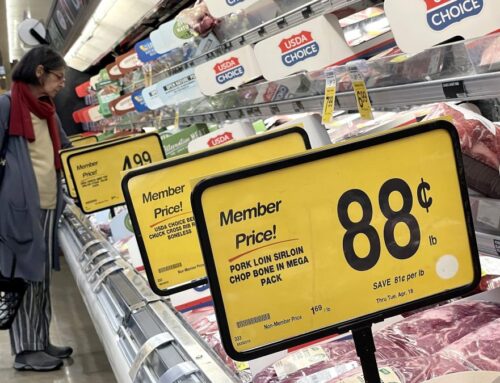Originally posted on Sports Industry Group
As the Premier League makes its matches available to fans on a pay-per-view basis for £14.95 per game, Ed Heskins, Senior Pricing Consultant, Iris Pricing Solutions takes a look at the psychology behind pricing – and why the league’s approach has caused consternation among fans.
If every crisis is an opportunity, then few organizations can match the English Premier League for their rapacious approach to “crisis management”. Despite the twin terrors of a global economic downturn and domestic government restrictions on hosting sporting events, the EPL recently rang the bell on a summer transfer window in which 20 teams combined to spend more than £1.2billion on new players.
In observing such eye-watering spending, you could be forgiven for thinking that the clubs involved were immune to the economic forces wreaking havoc elsewhere in the economy. Sadly not. Despite spending more than £75million themselves, Arsenal FC were rocked by controversy after it emerged that ‘Gunnersaurus’, their matchday mascot, was to become the latest casualty of the club’s ongoing cost-cutting drive; his salary no longer considered bearable for the cash-strapped club. (That the news was leaked on the same day as the club signed midfielder Thomas Partey for a £45million transfer fee only emphasized the distinction).
Pay-per-view
Yet if the second extinction of the dinosaurs provoked outrage, it was nothing compared to another announcement made by the Premier League this week.
“…the Premier League decides to flaunt its greed.” (Mirror)
“…this latest kick in the teeth feel[s] like the final straw for some” (Liverpool Echo)
“…the public relations version of conducting a two-footed tackle on yourself.” (Guardian)
The event that inspired this wave of condemnation? The news that currently untelevised Premier League fixtures would be made available on a pay-per-view basis, for £14.95 per match. The decision to further charge fans (many of whom already pay for subscriptions), was controversial enough, but the focus for many fell on the price itself.
“While the FSA has been actively campaigning for fans to be able to watch the matches when they can’t get into the grounds, the price point of £14.95 is too high… I would say between £5 and £10 would be reasonable. I think £10 is a tipping point…”
Tom Greatrex, Football Supporters Association via Sports Mole
It’s unclear what modelling, if any, the Premier League undertook before settling on £14.95 as an optimum price point – suggestions so far are that it was enforced upon them by the current broadcasters – and only time will tell if they have judged it correctly. However, it is worth considering the decision with reference to two key principles of price setting: price anchoring and price segmentation.
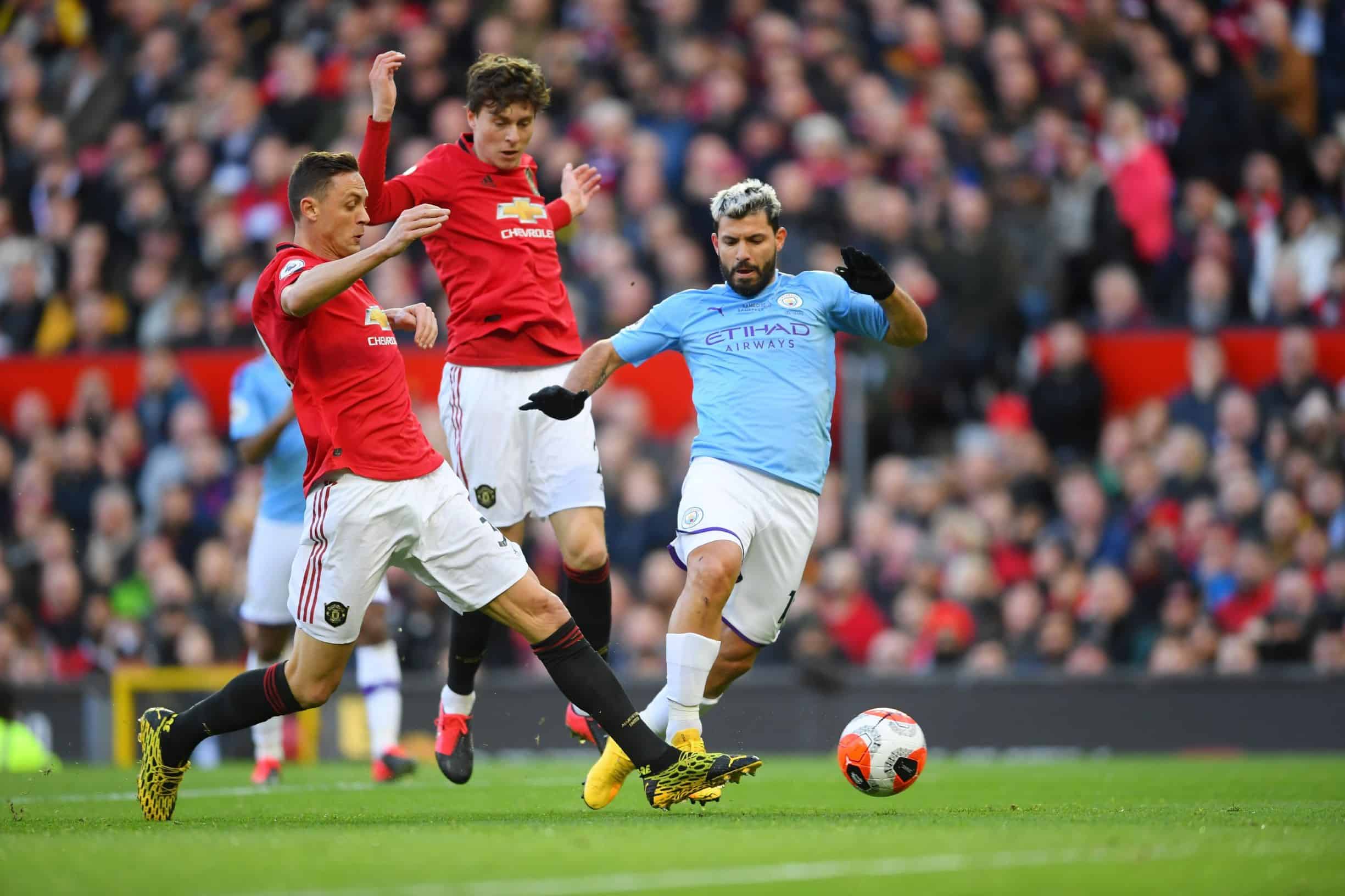
Price anchoring
Price anchoring is the practice of establishing a price point against which customers can refer when making decisions. By setting a higher price expectation in the mind of customers, sellers can increase their achieved prices and improve the performance of discounts and lower-value products. (It’s the reason why restaurants carry those expensive bottles of wine that nobody orders, so that the “cheap” ones actually feel affordable).
But price anchoring can also work against you. Businesses that set low entry prices to win business often struggle to raise them later on, even once they have established their value. No-one wants to pay more than they already do, and once set, these expectations can prove tricky to break.
So it is with the EPL. A few months ago, when it became clear that football could only return behind closed doors, the Premier League agreed to screen some untelevised matches for free via various streaming platforms and free-to-air TV. Now that they are bedding in for the long-haul, clubs are trying to raise prices but the precedent has been set.
There is also a view that £14.95 is an acceptable price in the context of match ticket prices (often upwards of £50, for even uncelebrated clubs), and the existing £10 per match being charged to watch supposedly inferior football several divisions below.
But this assumes that these are the anchors at play. In reality, the majority of Premier League fans in the UK rarely set foot in their “home” stadium, especially those fans of larger clubs where demand significantly outstrips supply. Instead, they will follow via television, either through a subscription of their own or “for free” in a pub or other public screening. For these fans, the extra charge for an inferior product will feel excessive, if not downright greedy.
Price segmentation
Another key tenet of optimal price setting is pricing for different customers according to the value they take from your product, or the differences in your cost to serve them. It’s the reason for off-peak pricing, first class plane tickets and student discounts, among other things. Segmenting your prices properly can only work when it’s seen as fair, but – done correctly – it improves customer access to your product and increases customer satisfaction as well your bottom line.
Nine months ago, a match ticket for a Premier League game could be purchased for a range of different price points depending on a number of factors; the teams participating, where you sat in the stadium, the type of view you had, your access to facilities, etc. These price points allowed clubs to not only differentiate their product, but also cater to fans with different levels of price sensitivity.
A flat fixed fee, while simple to communicate and to forecast, cannot hope to take these differences into account. A matchup between Manchester City and Liverpool, arguably the two best teams in the league right now, may justify a price point that, for example, Burnley v Fulham, cannot. And while it might seem affordable to a corporate box holder at Chelsea, £14.95 a match may well feel entirely different to a season-ticket holder sat behind the goal at Turf Moor.
The solution?
Only time will tell whether the Premier League can convince enough entertainment-starved football fans to pay out for live footage of matches they would otherwise be barred from watching, but the initial reaction suggests some teething issues. In general, when launching new products to market, businesses should be wary of getting their pricing wrong. While in-market testing has its place, price expectations, once set, are difficult to get away from, and getting the wrong launch price can be an expensive mistake.
At Pricing Solutions, we recommend the use of pricing research to understand in depth how customers will respond to your launch pricing. Qualitative research, like depth interviews or focus groups, can help to dig beneath the surface of a pricing challenge, identify existing comparators or price anchors, as well as revealing existing obstacles to purchase. Quantitative research, especially using advanced techniques like conjoint analysis, can help you to hone-in on the optimal price, and understand how this will change depending on your target segments. Once armed with this information, your business will be in a far stronger position to set pricing confidently.
To get in touch with Ed Heskins, and our UK office:
Contact Ed:

EUROPE & UK
London
10 Queen St Place
London
EC4R 1BE
United Kingdom
Tel: +44 7957 112 555
Contact: Tony Hodgson
You may also be interested in 5 Steps to Improving Your Pricing Strategy During COVID-19: Value of 1%
Follow us on LinkedIn!

